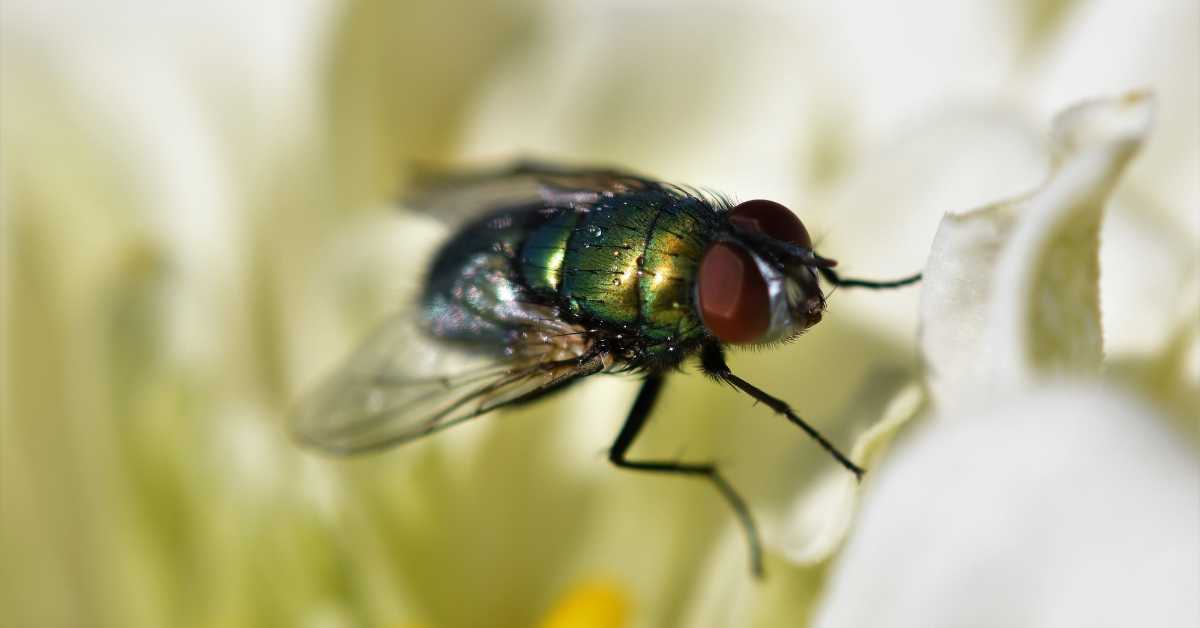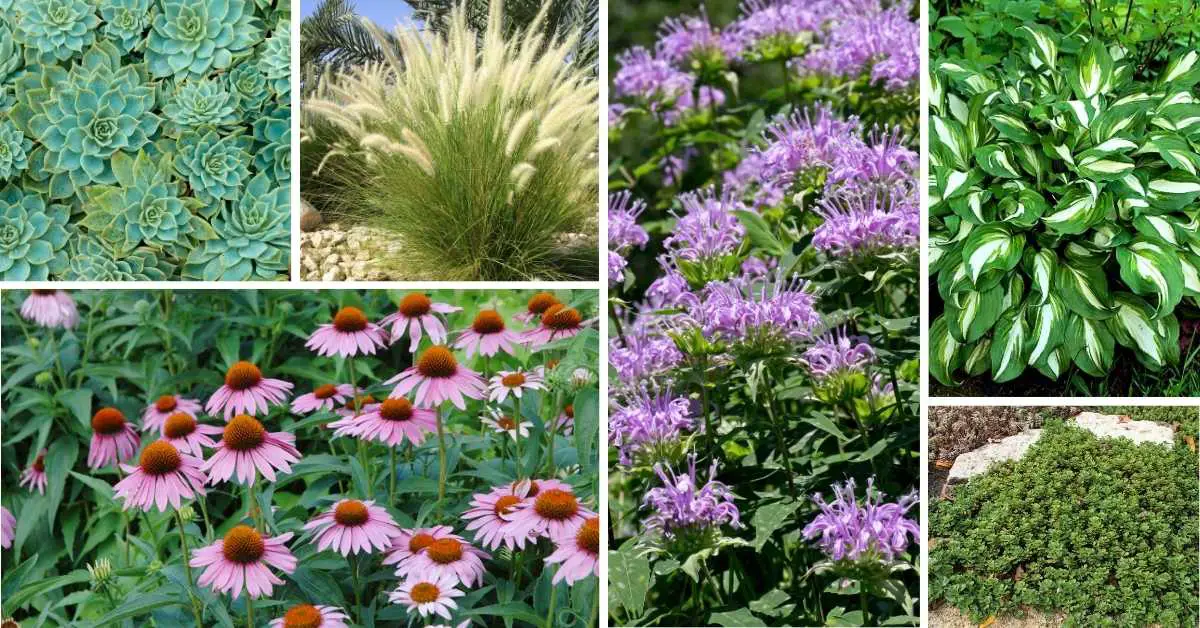Welcome to the exciting world of gardening! Today, we’re going to learn how to grow a cherry tree from a pit. Imagine picking your own cherries right from your backyard!
Growing a cherry tree can be a fun and rewarding project. It’s not just about the delicious fruit. You will also enjoy the beautiful blossoms in spring. It’s a project that requires patience but gives back a lot of joy and fruits.
Cherries come in many varieties, but they mainly fall into two categories: sweet and sour. Sweet cherries are great for eating right off the tree, while sour cherries are perfect for baking and cooking.
Before we start, remember that growing a cherry tree from a pit takes a few steps. You will need some basic gardening tools, a little space, and lots of enthusiasm. Let’s get started on this gardening adventure together!

This post may contain affiliate links. Read our full disclosure here.
How To Grow A Cherry Tree From a Pit
Step-by-Step Guide to Growing Cherry Trees from Pits
Step 1: Selecting the Right Cherry Pits
Choosing the right pit is the first crucial step.
- Make sure to select pits from fully ripe cherries because they have the highest chance of germinating.
- Organic cherries are recommended because they are less likely to contain chemicals that could inhibit growth.
Step 2: Preparing the Pits
Before planting, pits need to undergo a process called stratification. This mimics the natural cold weather they would experience over winter.
- Clean the pits. Remove all the fruit flesh carefully and wash them.
- Dry the pits and place them in a container with moist sand or peat moss.
- Store them in your refrigerator. They need to be kept cold for about 10-12 weeks.
Step 3: Planting the Pits
Spring is the best time to plant your stratified cherry pits outdoors.
- Choose a spot in your garden that gets full sunlight.
- Plant the pits about 2 inches deep in well-draining soil. Make sure the soil is loose and fertile.
- Space the pits about 20 feet apart if you’re planting more than one, as cherry trees can grow wide.
Step 4: Caring for Your Cherry Saplings
After the pits sprout, they will need care to grow into strong trees.
- Water the saplings regularly, but be careful not to overwater. The soil should be moist, not soggy.
- Fertilize the soil in early spring each year. Use a balanced fertilizer that is suitable for fruit trees.
- Prune the saplings in late winter. This helps them develop a strong structure.
Step 5: Transplanting to the Garden
Once your saplings are about a year old and strong enough, they can be transplanted.
- Choose a permanent spot in your garden where the tree will have enough space to grow.
- Transplant in early spring. Carefully dig around the sapling, making sure to get as much of the root system as possible.
- Plant in a hole twice as wide as the roots and just as deep. Fill in with soil and water thoroughly.
- Stake the tree if necessary to help it grow straight.
Following these steps will help you successfully grow a cherry tree from a pit. It’s a long process, but watching your tree grow and eventually produce fruit is incredibly rewarding.
Monitoring Growth and Health
Keeping an eye on your cherry tree’s growth and health is important. Here’s how to do it:
- Look for new growth each spring. Healthy cherry trees will produce new leaves and branches. If growth seems slow or the leaves are discolored, it might be a sign of a problem.
- Check for signs of pests and diseases. Common issues include aphids, cherry leaf spot, and powdery mildew. Look for sticky leaves, spots on leaves, or powdery coatings.
If you spot any problems, act quickly:
- Remove affected leaves and dispose of them away from your garden to prevent the spread of disease.
- Use suitable treatments like insecticidal soaps for aphids or fungicides for fungal infections. Always choose treatments that are safe for food plants.
Support your tree’s growth:
- Ensure it gets enough water, especially during dry spells. Cherry trees need consistent moisture to grow well.
- Mulch around the base of the tree. This helps keep the soil moist and controls weeds. Use organic mulch like wood chips or compost.
Monitor the tree’s structure:
- Prune properly. Pruning helps your tree develop a strong, productive shape. Remove any dead or crossing branches during the dormant season.
- Watch for weak branches. If a branch starts to grow at a sharp angle or seems weak, it might need support or pruning to avoid damage.
Regularly checking your cherry tree and responding to any issues promptly will help ensure that it grows healthy and strong. This care will set the stage for years of abundant cherry harvests.

When to Expect Your First Cherry Harvest
Growing a cherry tree from a pit is a long-term commitment. It’s important to know when you can expect to see the fruits of your labor.
- Typically, cherry trees grown from pits take longer to bear fruit than those grown from grafted stock. You may need to wait anywhere from 5 to 7 years before your tree starts producing cherries.
- Several factors influence when your cherry tree will begin to fruit:
- The variety of cherry. Some types mature faster than others.
- The growing conditions. Optimal sunlight, water, and nutrient availability are crucial for promoting good health and speeding up growth.
- Proper care and maintenance. Regular pruning, pest management, and soil care can help your tree mature faster.
What to expect as your tree matures:
- In the first few years, focus on the health of the tree rather than fruit production. Strong roots and a healthy tree structure are important for future harvests.
- As the tree grows, you might see flowers in the spring. Not all flowers will turn into fruit in the early years, as the tree is still establishing itself.
- Once your tree starts fruiting, the number of cherries will typically increase each year as the tree matures.
Patience is key when growing cherry trees from pits. Although it takes several years, the reward of harvesting your own cherries from a tree you started from a pit can be immensely satisfying. Remember to continue caring for your tree, and soon enough, you’ll enjoy the fruits of your dedication and hard work.
FAQs
How long does it take for a cherry tree to grow from a pit?
Growing a cherry tree from a pit is a rewarding process, but it does require patience. Typically, it takes about 5 to 7 years for a cherry tree to begin producing fruit.
The exact timeframe can vary depending on factors such as the variety of the cherry, the growing conditions, and how well the tree is cared for.
During these years, your focus should be on nurturing the tree’s health and strength, as this foundation is crucial for future fruit production.
Can I grow a cherry tree from a pit indoors?
While it is possible to start a cherry pit indoors, particularly for the initial phases like stratification and germination, long-term indoor growth is not feasible if you aim for fruit production. Cherry trees need plenty of sunlight, which is difficult to replicate indoors.
Once the seedlings are hardy enough, they should be transplanted outdoors in a location that meets their needs for sunlight, space, and soil quality to thrive and eventually bear fruit.
Will a cherry tree grown from a pit produce fruit?
A cherry tree grown from a pit can indeed produce fruit, but there are no guarantees that it will match the exact fruit from which the pit was taken, especially if that cherry came from a hybridized tree. Fruit production also depends on the tree’s environment and care.
Furthermore, genetic variability means each seed-grown tree will be unique, potentially affecting fruit size, quality, and taste.
Do I need more than one cherry tree for pollination?
Many cherry varieties require another tree nearby to cross-pollinate in order to produce fruit effectively. This means planting more than one tree of compatible varieties within proximity can be essential.
However, there are also self-pollinating cherry tree varieties which do not require another tree to bear fruit. It’s important to research the specific pollination requirements of the cherry type you are growing.
How do I protect my cherry tree from pests and diseases?
Protecting your cherry tree from pests and diseases involves regular monitoring and prompt action when issues are detected. Use environmentally friendly pesticides or fungicides when necessary, and employ good cultural practices such as proper watering, fertilizing, and pruning.
Healthy trees are less likely to succumb to pests and diseases, so maintaining the overall health of your tree is key to prevention.
What is the best time of year to plant cherry pits?
The optimal time to plant cherry pits is in the spring, after the threat of frost has passed and the soil has begun to warm. This timing gives the pits the full growing season to develop strong root systems.
Ensure that the pits have been properly stratified in your refrigerator for about 10-12 weeks before planting to simulate winter conditions, which helps to trigger germination.
How can I tell if my cherry pit has stratified successfully?
A stratified cherry pit will often show signs of cracking open, and you might see a small root beginning to emerge. These are indicators that the pit is ready to be planted.
If you don’t see these signs, the stratification process may need more time or the conditions might not have been moist or cold enough to encourage germination.
What kind of soil is best for growing cherry trees?
The ideal soil for cherry trees is well-draining and fertile, with a neutral to slightly acidic pH level. If your soil is heavy or clay-like, incorporating organic material such as compost can improve drainage and nutrient content.
Proper soil preparation helps ensure that your cherry tree gets a good start, which is vital for its growth and fruit production.
Conclusion
Congratulations on taking the journey to grow your own cherry tree from a pit! This process requires patience and care, but the rewards are well worth the effort.
- By now, you should understand the steps involved, from selecting and preparing your pits to planting and caring for your young saplings.
- You’ve learned about the importance of monitoring the growth and health of your tree, ensuring it has everything it needs to thrive.
- And we’ve discussed the timeline for when you might expect to see your first cherries.
Growing your own fruit tree from a seed is a fulfilling experience. It connects you to nature and provides a sense of accomplishment. Plus, there’s nothing quite like tasting fruit from a tree you’ve grown yourself!
Keep nurturing your cherry tree, and look forward to the beautiful blossoms and delicious fruits in the years to come. Remember, gardening is not just about the end result; it’s about the learning and growth along the way.





